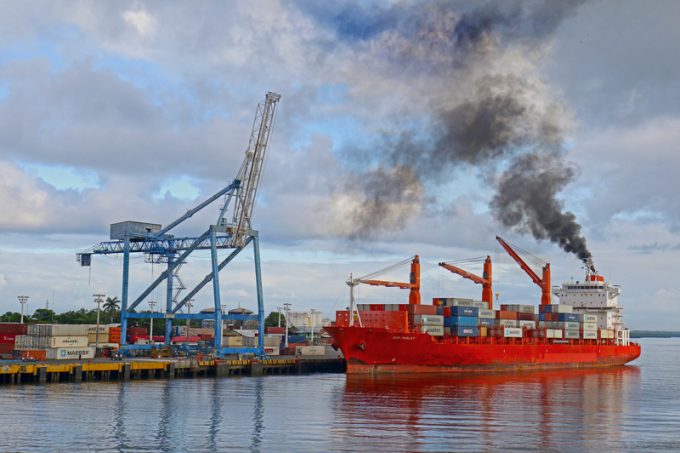Running the rule over DHL's green targets
One (hopefully offsetting) adjustment after another

Insufficient numbers of transport operators are disclosing their emissions, slowing down the process of ‘greening’ the industry.
Less than 20% of global freight emissions are reported, the majority of those by airlines, while road freight is barely touched on, according a new white paper by Smart Freight Centre and CDP.
Freight transport accounts for about 8% of global greenhouse gas (GHG) emissions, and 11% of logistics sites, such as warehouses and ports, are included. With freight demand expected to triple from 2015 ...
'It’s healthy competition' Maersk tells forwarders bidding for same business
Transpacific sees first major MSC blanks as rates fall and volumes falter
US shippers slam USTR port fee plan – 'an apocalypse for trade'
Opposition builds for final hearing on US plan to tax Chinese box ship calls
Despite sourcing shifts, 'don't write-off China', says CMA CGM CCO
White House confirms automotive tariffs – 'a disaster for the industry'
Cargo chief quits WestJet as freighter operations cease
New price hikes may slow ocean spot rate slide – but for how long?

Comment on this article
Debbie Goss
July 28, 2020 at 8:43 amIndeed Global warming and Increased pollutions can be controlled only by transparency by freight transporters. The essential steps should be taken in this. Save environment and green environment is the need of now.